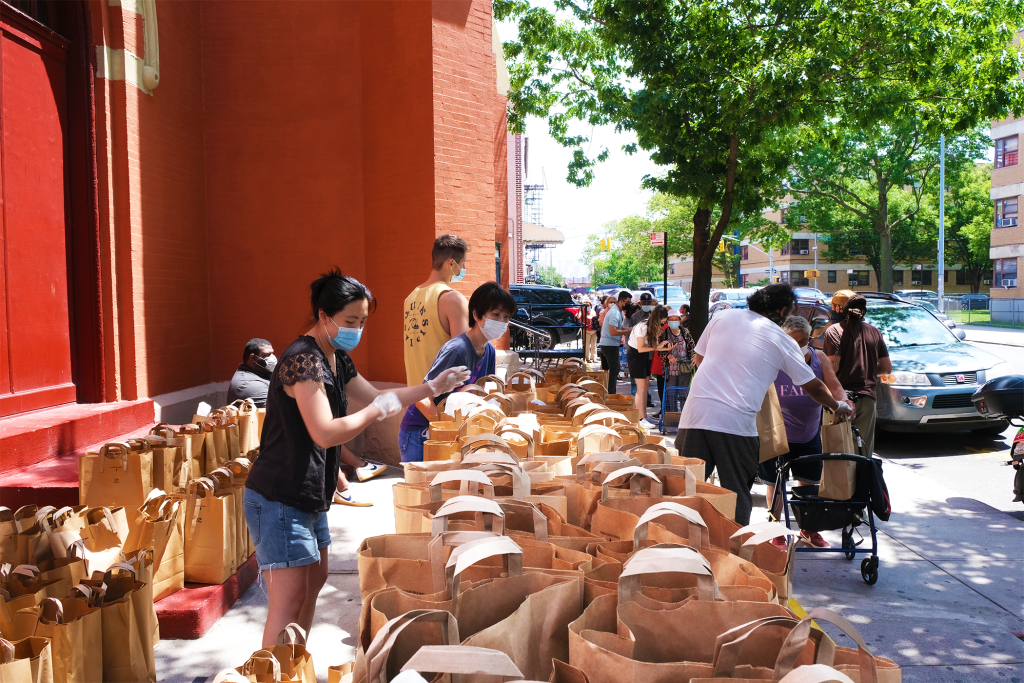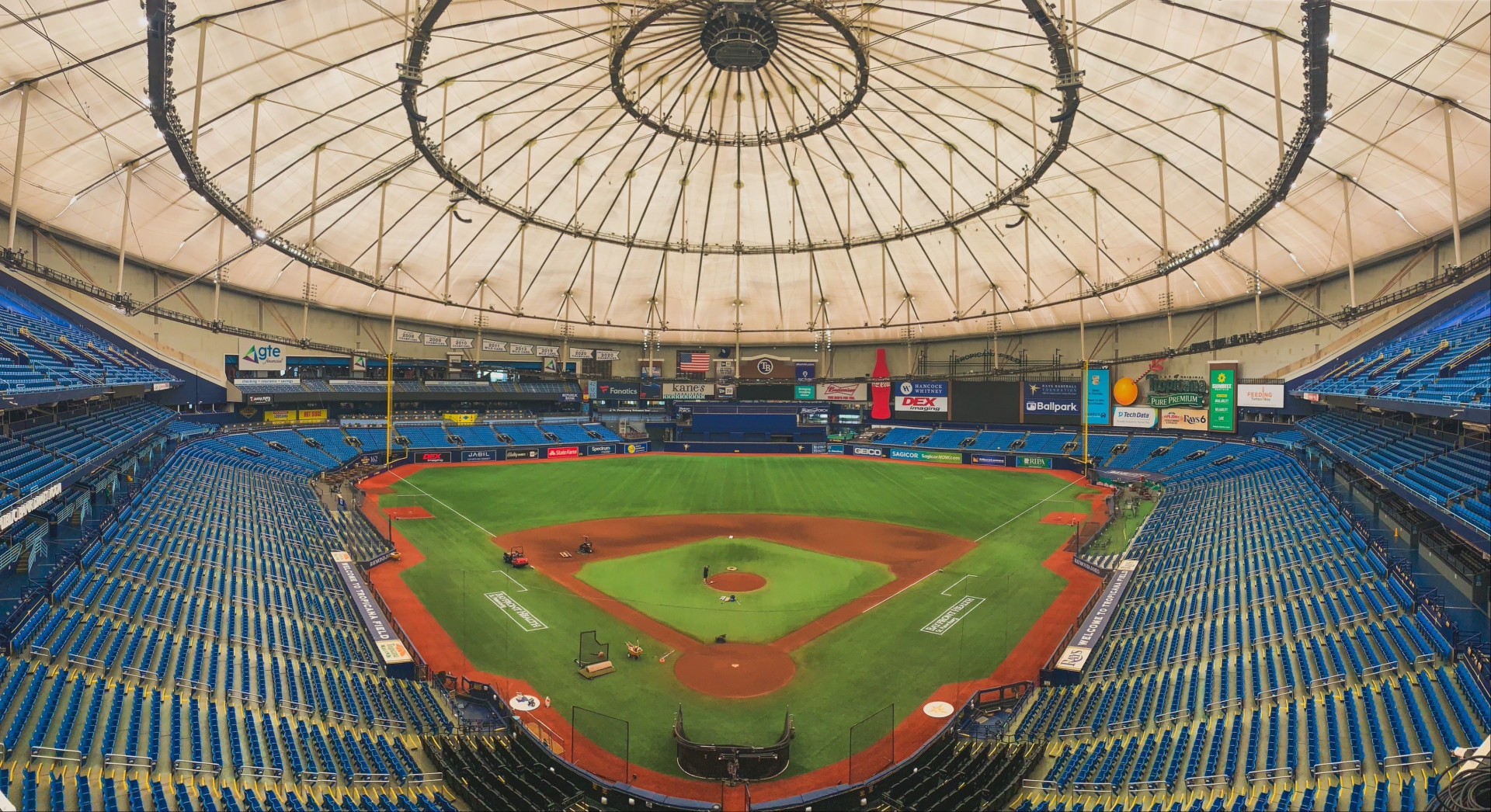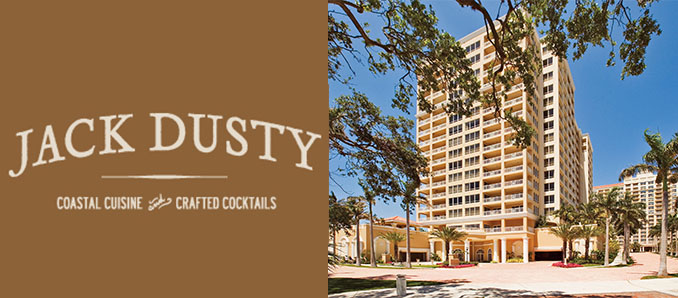How to Help Rescuing Leftover Cuisine Feed Those Who are Food Insecure
By Ryan Slattery
Food waste in America is a huge problem. Each year, it’s estimated that 40 percent of food is thrown away. Combined with the fact that one in eight Americans are food insecure and struggle daily to provide for their families, it’s a difficulty that won’t go away overnight.
Luckily, there are organizations like Rescuing Leftover Cuisine (RLC) that are doing something to solve it by diverting excess food to those most in need of a meal. Since its inception in 2013, RLC has served over 11 million meals to food insecure Americans using food donated to them from partner restaurants, bakeries, grocery stores, catering companies, offices and farms. Perfectly good food that would otherwise end up discarded and in a landfill.
“Unfortunately there is waste at every level of our food system,” explains co-founder Robert Lee. “Food loss occurs for many reasons, with some types of loss–such as spoilage–occurring at every stage of the production and supply chain. Between the farm gate and retail stages, food loss can arise from many problems. Consumers also contribute to food loss when they buy or cook more than they need and choose to throw out the extras.”
Lee continues, “Wasted food is definitely a global problem and not something limited to the U.S., although the percentage of wasted food is slightly higher in the U.S. than the global average. Most countries are equally focused on reducing their food waste in order to help reach climate goals.”
Lee knows firsthand what it’s like to struggle with food insecurity. When he was young his parents moved from South Korea to New York City but struggled to learn English and find good jobs. With money tight, food was light and Lee learned the importance of not wasting food. It was a lesson he carried with him well into his studies at New York University where he took on a leadership role with a food rescue club. That passion remained and in 2013 he founded RLC, while working on Wall Street. By the next year, Lee left his job at J.P. Morgan so he could devote all his time to making life better for the underserved.
Today, Rescuing Leftover Cuisine has nine active branches in Atlanta, Chicago, Columbus, Dallas, Los Angeles, Massachusetts, New Jersey, New York City, and Rhode Island where a community of rescuers operate and handle recurring food rescues on a daily basis. In addition to those branches, RLC is able to facilitate what they call large-scale donations–described as pallet-sized donations. This involves rescuing thousands of pounds of food at once from food donors further up the food supply chain, including warehouses and distribution centers anywhere in the country.
RLC has partnered with several major corporations including Daily Harvest, Kind Snacks, Simple Mills, PepsiCo, and Levain Bakery.
But despite the organization’s success, there is still more to be done. Lee is hoping other decision makers at food businesses everywhere will see what the non-profit organization has accomplished and be encouraged to sign up and donate their excess food to RLC. The questions Lee most receives is who can help and how.
“Any business with excess food is able to donate to RLC,” Lee explains. “The only requirements are that any food has been prepared by a regulated or licensed food business and meets our food safety guidelines.”
To start donating, businesses can complete a form on the organization’s website and someone from the RLC team will reach out to detail the process.
“RLC strives to make donating food as easy as possible,” Lee says. “Food donors are able to schedule and manage their pickups using their online portal. Once a food rescue is scheduled, RLC rescuers will come by at the scheduled time and pick up all of the donations and bring them to a predetermined nonprofit recipient. That organization will then serve the food directly to the community.”
And with hundreds of nonprofit recipients, there is always a need for donations. RLC distributes the donated food items to nonprofit community organizations including schools, churches, food pantries, soup kitchens, shelters, and more.
“As an organization, RLC always wants to provide as many healthy and nutritious options to our nonprofit recipient partners,” Lee says. “The need is so large and RLC works with so many nonprofit recipients that they’re able to match food donations with partner organizations that need them most. That is why RLC will take all food donations that meet their food safety guidelines.”
And while RLC cannot rescue food from individuals and households, Lee said individuals can donate their time and work as volunteers or support the program with a financial donation. www.rescuingleftovercuisine.org







